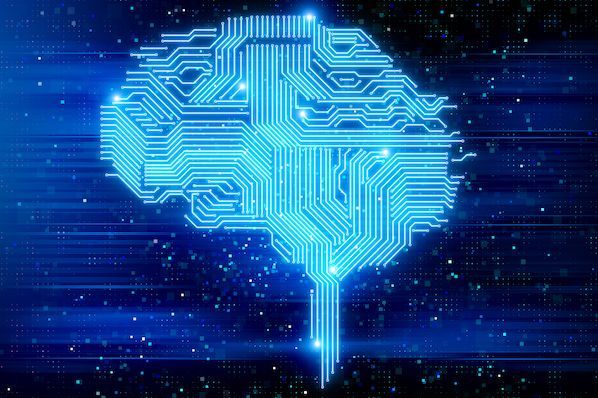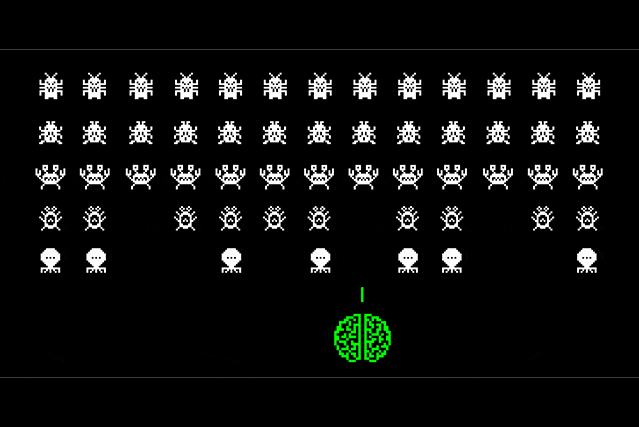Sep 21, 2018
Marijuana Study Explains How Cannabinoids Help People Experiencing Pain
Posted by Genevieve Klien in categories: biotech/medical, neuroscience
As of June, a total of 31 states and the District of Columbia allow for the use of medical marijuana. Pain is the most common reason people say they need this cannabis and the vast majority of users say that it helps. However, despite the claims of the many individuals who believe that cannabinoids — the chemicals in marijuana — can ease pain, it’s been difficult for scientists to explain why. Researchers published in JAMA Psychiatry now claim to clarify the discrepancy.
In a systematic review and meta-analysis released Wednesday, scientists from Syracuse University explain that while studies can’t currently prove that cannabinoid drugs reduce pain, research does demonstrate that they can help with the experience of feeling pain. An evaluation of 18 studies that included 442 adults revealed that the use of cannabinoid drugs modestly increased people’s threshold for pain and reduced pain’s overall sensation of unpleasantness. This suggests to the researchers that cannabis’ analgesic properties, or ability to relieve pain, affect the mind rather than the body.
“This [result] is especially salient because managing chronic pain is not solely about minimizing pain,” Kevin Boehnke, Ph.D., who was not involved in the study, tells Inverse. Boehnke is currently a part of a University of Michigan study also analyzing the effect of cannabis on chronic pain. “Sleep problems, fatigue, anxiety, depression, and other factors tie into the experience of chronic pain.”
















